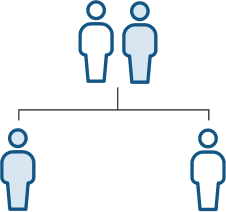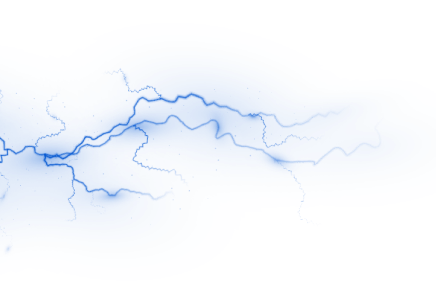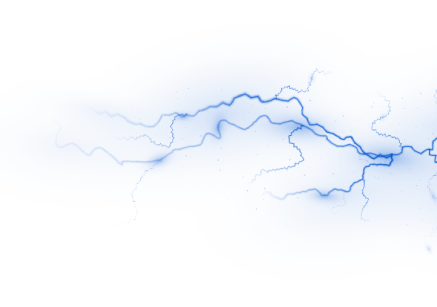For children 6 months or older,
Early diagnosis and treatment of XLH can help manage your child’s symptoms

For children 6 months and older with XLH, early diagnosis and treatment is important to help manage low phosphorus levels in the blood, rickets, and delayed growth.

XLH is a rare, lifelong, genetic disease that can get worse over time when left untreated.

XLH affects up to 1 in 20,000 people and can impact the bones and muscles of both children and adults.

Children with XLH don’t have enough phosphorus in their bodies. Phosphorus is a mineral that is important to the health of bones and muscles. When phosphorus levels are too low, it is called hypophosphatemia.
This can cause something called rickets, a condition where growing bone weakens over time, leading to lower limb abnormalities.

Did you know? XLH often runs in the family
XLH is a hereditary condition. People can inherit XLH from either their father or mother. If one member of the family has XLH, there is a good chance that other members may have it, too.

Signs of XLH in children
One of the first signs of XLH in children is rickets, which is the softening and weakening of growing bone. This typically appears as bowed legs or knock knees when a child begins to walk and put weight on their legs.
Over time, bone weakening can also lead to:



Managing XLH in children
Be sure to talk to your child's doctor about treatment goals and options for your child with XLH.
Because XLH is a lifelong condition, treatment goals may change at different stages of life, including into adulthood.
Treatment goals for children with XLH may include:




Ready to experience CRYSVITA?
Start the conversation with your child's doctor today.

Learn about the possibilities of treating XLH with CRYSVITA

Stay informed
Learn more about CRYSVITA, connect with a support community, and receive invites to important educational events.
